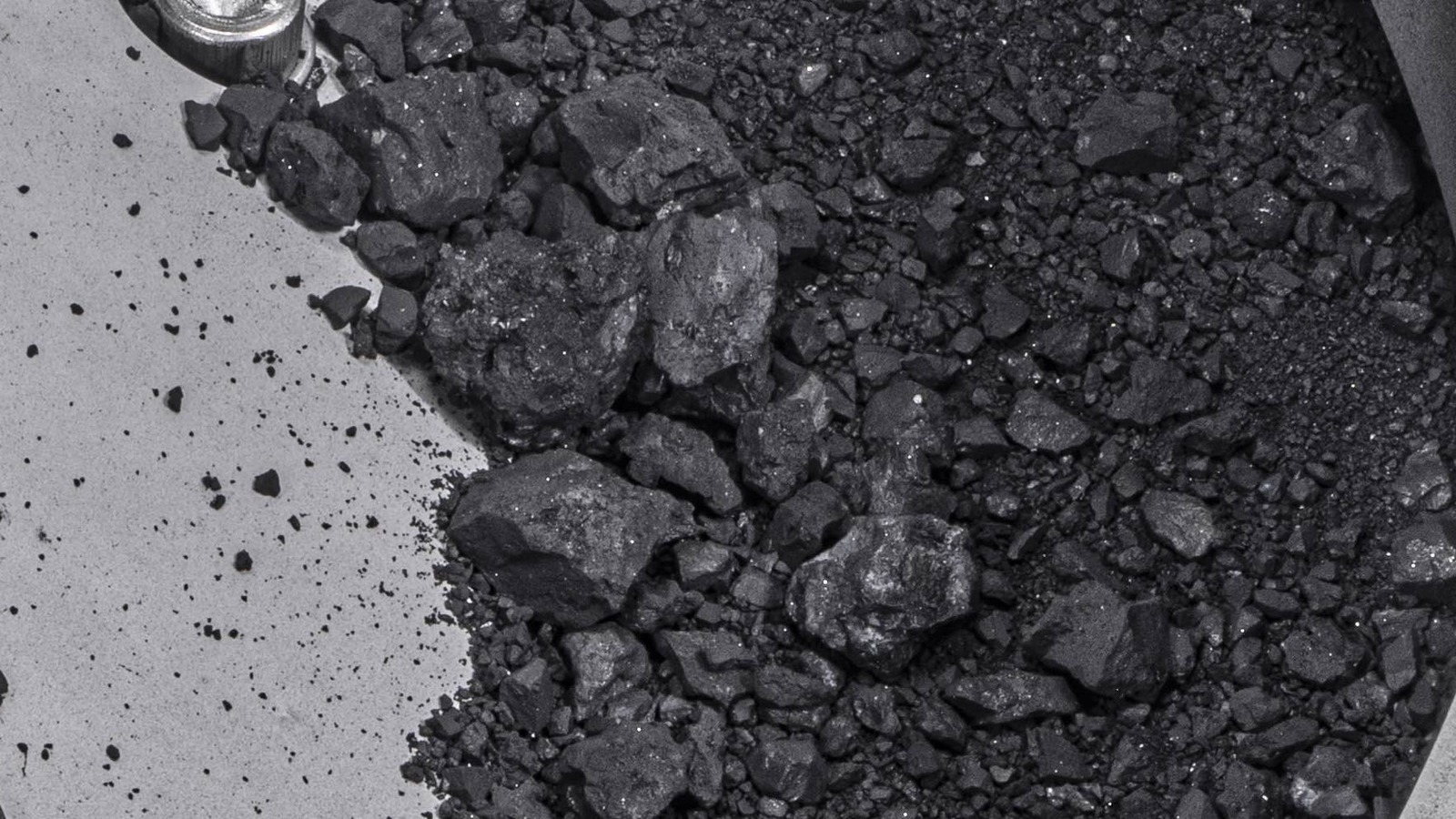
NASA will keep 70% of the samples for analysis at the Johnson Space Center, while the rest will be shared with partner space agencies and scientists across the world. Bennu was a careful selection, not only because of its close proximity but also because of its estimated 4.5 billion-year-old cosmic history. Thought to have broken off from a much larger asteroid, Bennu has the potential to contain organic molecules that resemble the ones that played a role in the origin of life on our planet, with water and sulfur being some of them.
Named after an ancient Egyptian god (following a naming competition won by a 9-year-old boy), the asteroid’s samples will be studied for the next couple of years to get a deeper look into its chemical composition and see if it ever harbored conditions conducive for carrying seeds of life. These samples are being hailed as an astrobiologist’s dream because asteroids are thought to have seeded the building blocks of life on Earth. Earlier this year, scientists found traces of niacin and uracil — both essential for living organisms — in samples of the Ryugu asteroid.
Bennu won’t be the last asteroid NASA is targeting for scientific analysis. NASA has assigned the duty of exploring the Apophis asteroid to the OSIRIS-APEX spacecraft, a renamed version of the vehicle that executed the OSIRIS-REx mission. NASA’s Psyche spacecraft is also on the verge of launch to explore a metal-rich asteroid, plans that would materialize in 2029.
